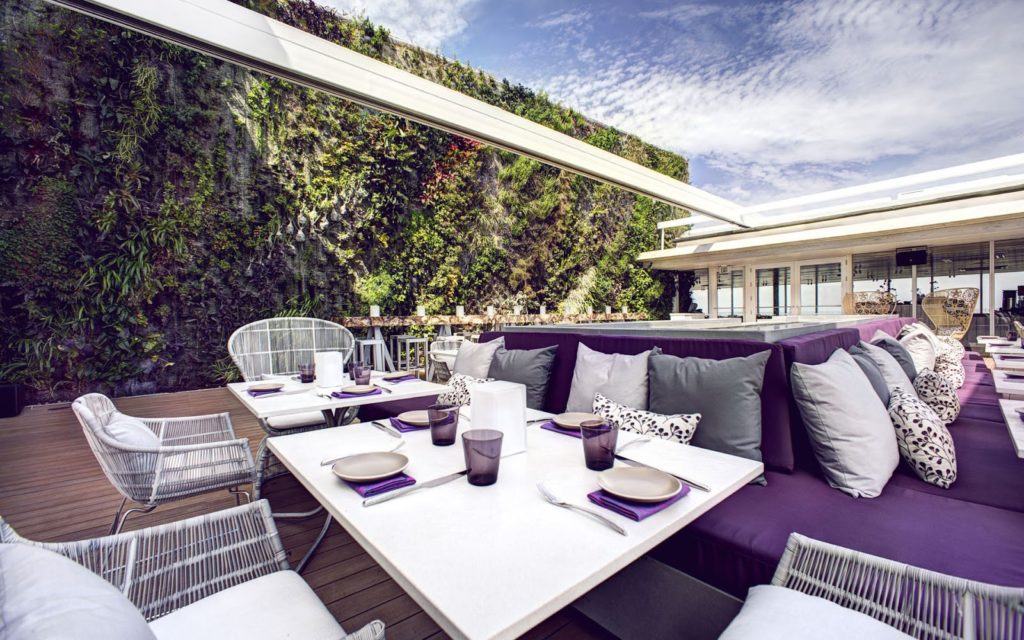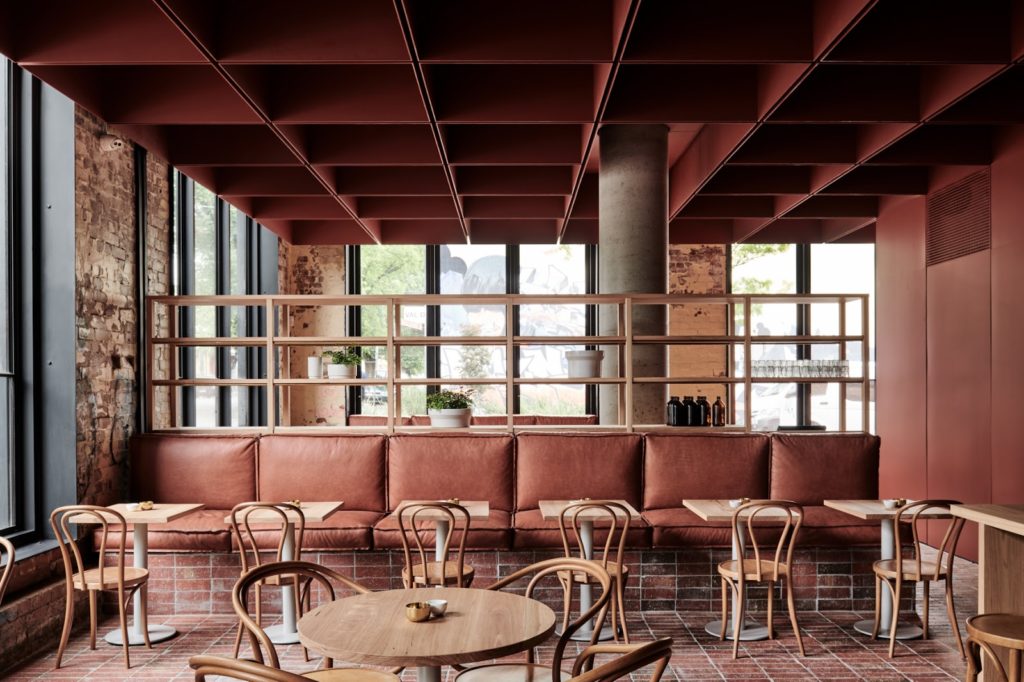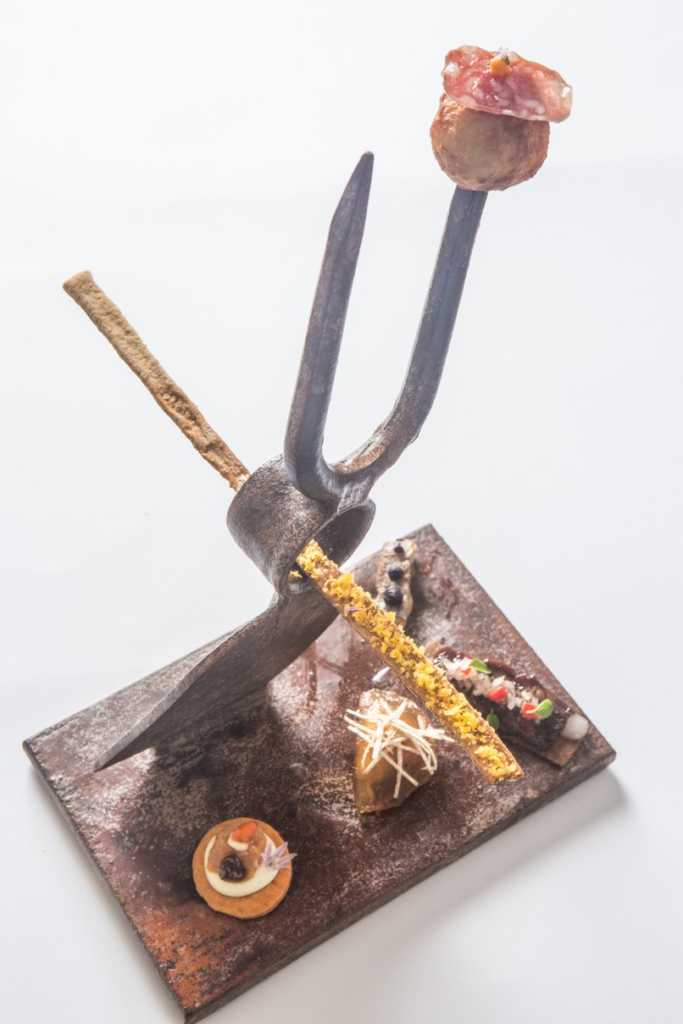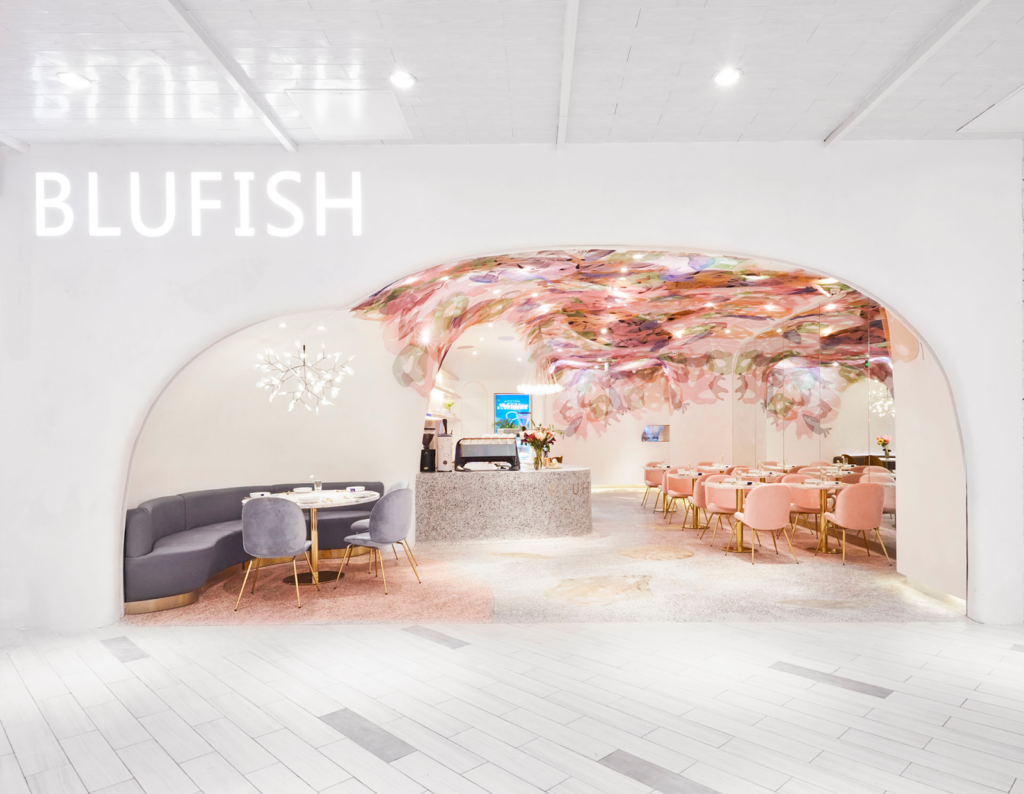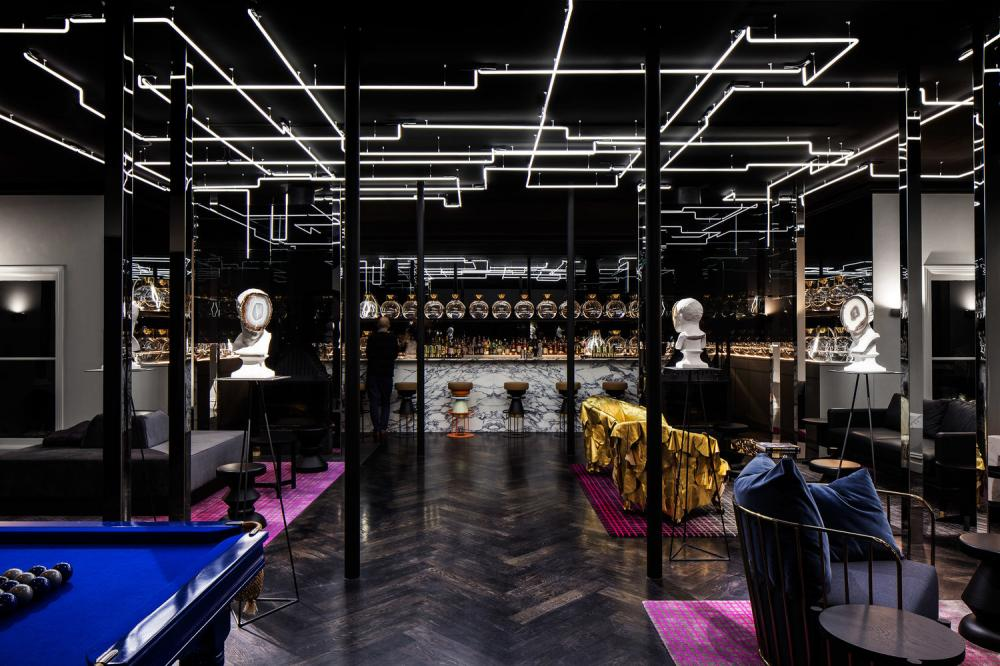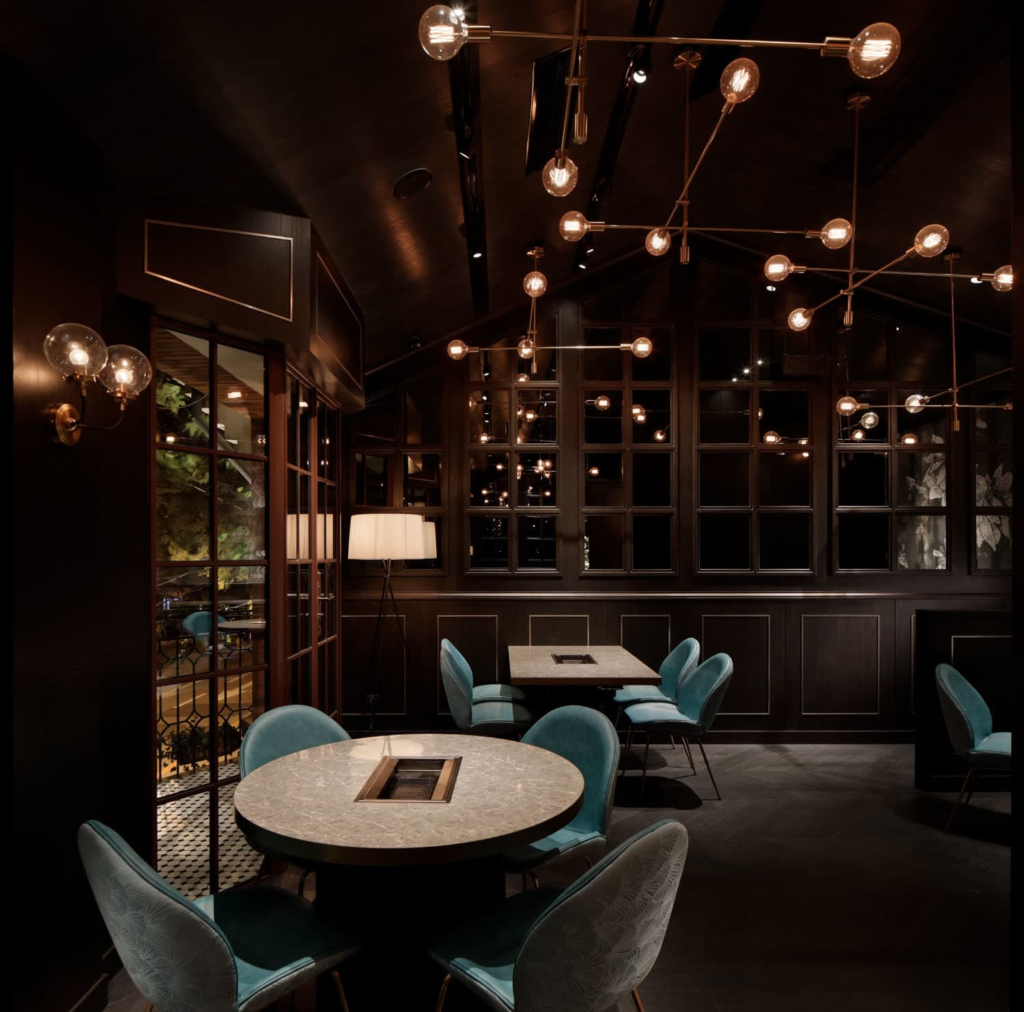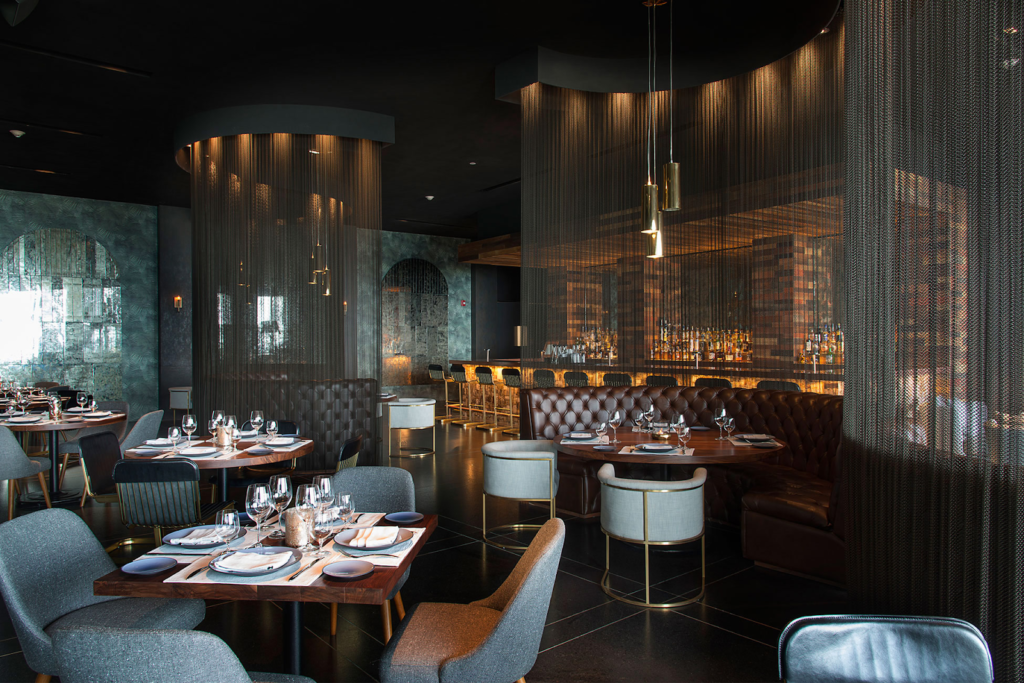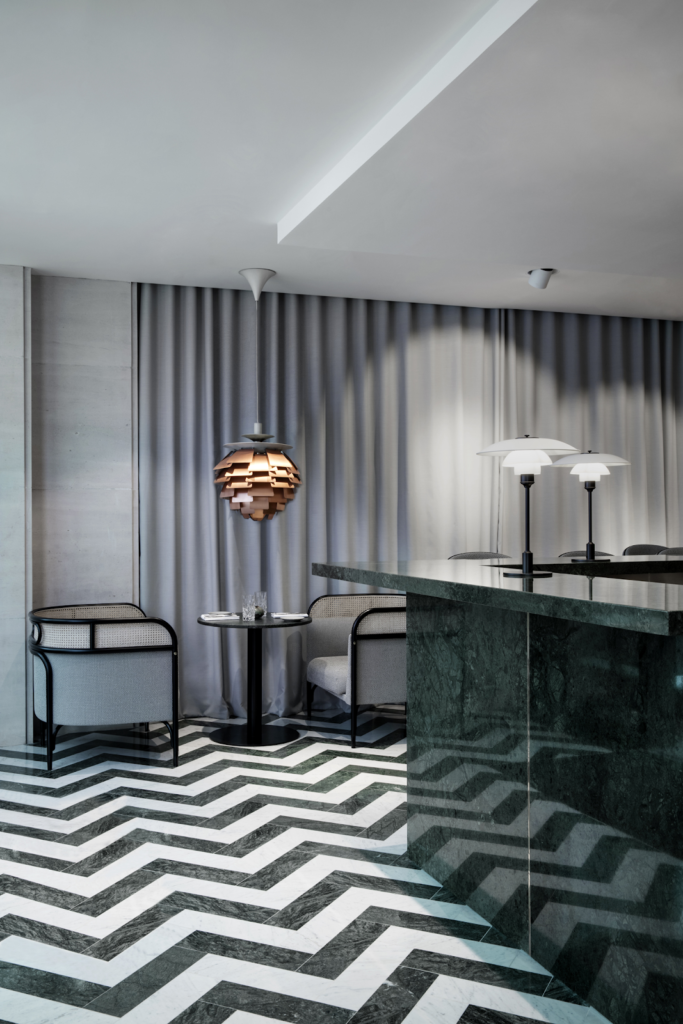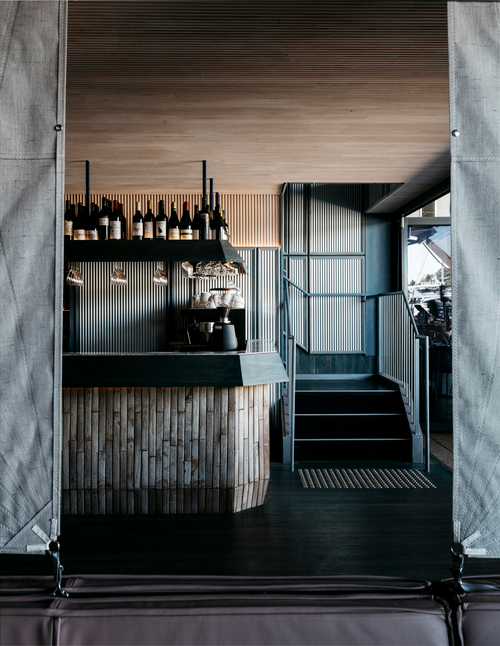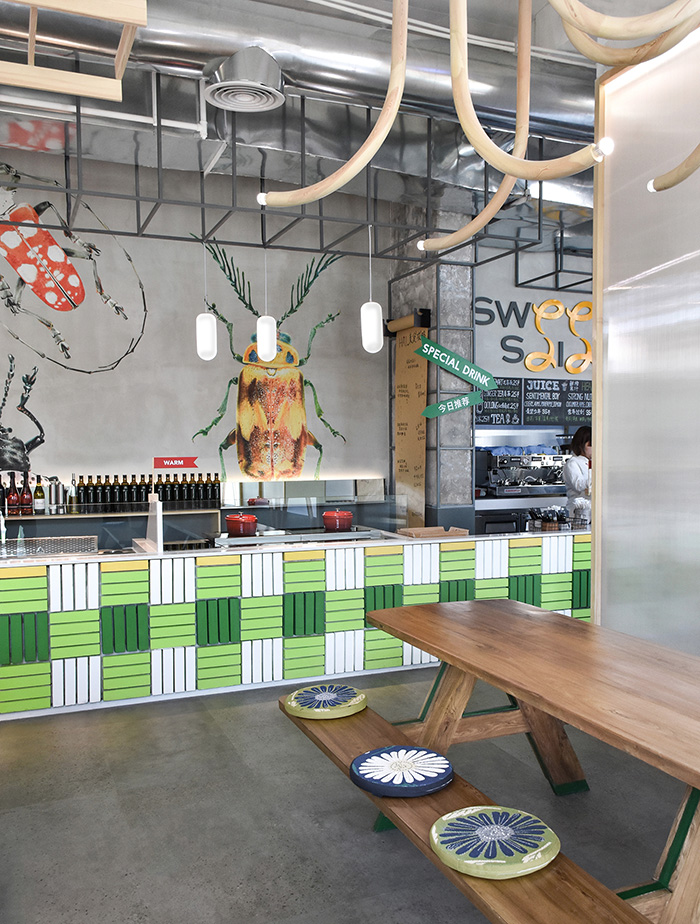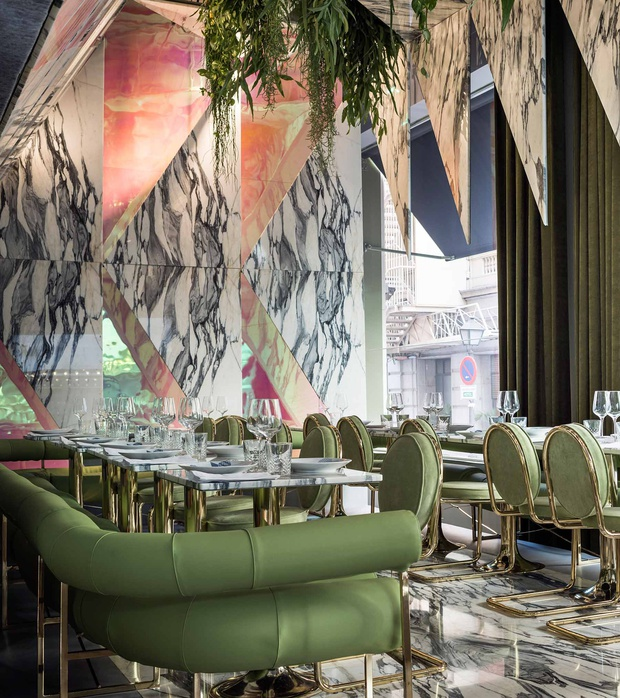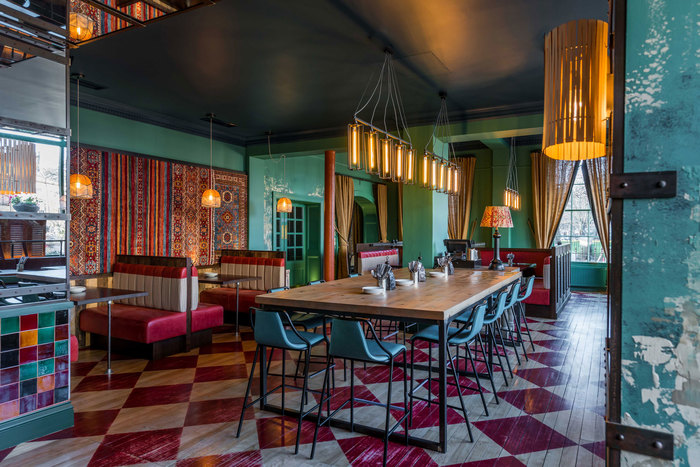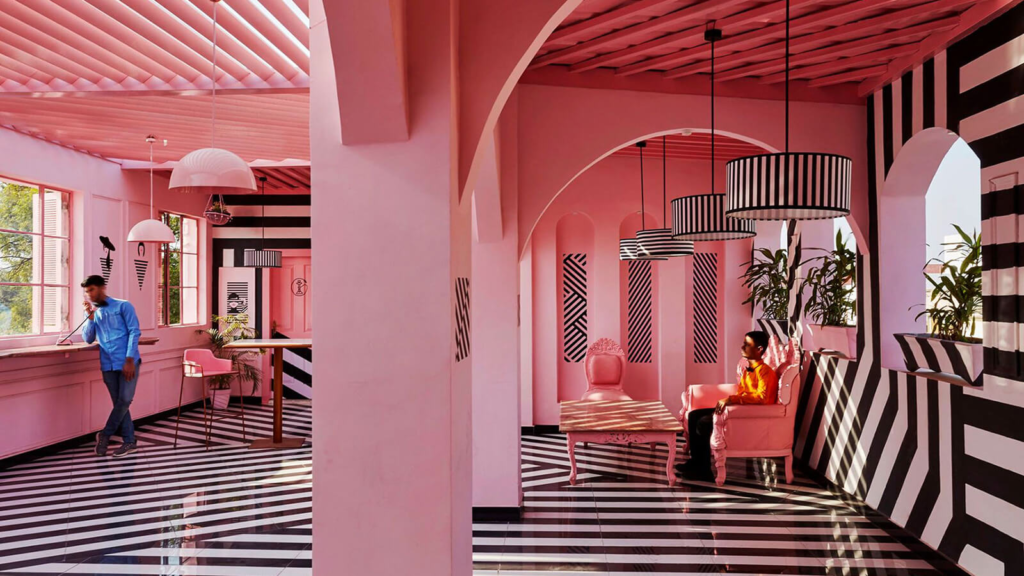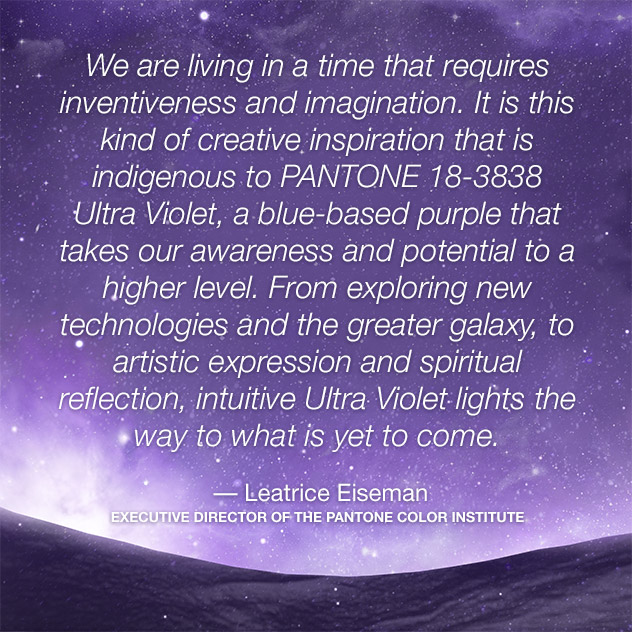Dining out is never just about the food. We go to restaurants for their ambiance, novelty, and, increasingly, for their Instagram-worthiness. Restaurant design is evolving to suit the current cultural mood, shifting away from industrial aesthetics to more vivid, personal, and memorable looks.
But diners’ values are changing, too, and restaurants need to reflect that in their design. More diners are caring about where their food comes from and what the restaurant does with its waste. Decor is useful for expressing values like sustainability and intimacy.
This year, then, expect restaurant design to be more elevated but fun. More focus will be paid to improving and personalizing the dining experience. Visual arts will also merge with architecture to create conceptual spaces that look beautiful both in person and on a social media stream.
Here are 15 inspirational restaurant decor ideas to give you a head start for 2018, grouped by the values you might want to focus on.
Social Responsibility
1. Sustainability signifiers
Diners don’t just demand good food and service anymore. They want to know that the restaurant is doing its part to help the community or the planet. Even fast food joints are trying to evoke environmental responsibility by using green palettes and wooden wall panels.
Plants continue to be one of the best ways to signal sustainability. Apart from the continued use of potted tropicals, living green walls will be seen in more restaurants this year. It was Patrick Blanc who made vertical gardens popular at the start of the decade, especially with his creation of the exterior wall garden of the Musee du Quai Branly in Paris.
And remember last year’s lifestyle trend, hygge? This year, it’s lagom, the Danish concept of ‘cosiness’. Ikea even launched a Live Lagom project last year, confirming its growing influence on furniture and interior design.
With growing chaos and uncertainty in global politics and economics, lagom is a comforting concept, which restaurateurs can evoke through materials like terracotta and terazzo. A de-cluttered look and elements like wood-burning stoves also portray this Danish cosiness.
Craftsmanship
2. Artisan serveware
There’s a growing appreciation of handmade or well-crafted items, and restaurant decor is no exception. Michelin-starred restaurants are leading this trend, working with small-scale artisans to create custom tabletops and serveware to complement their food. Chefs are now collaborating with potters, metalsmiths, woodworkers, glassblowers, and other craftsmen to create unique tabletop items.
In other words, it’s not simply about what’s on your plate. The fact that the plate itself is unique and customised assures diners that extra effort has been made to give them a pleasurable experience.
3. Curved ceilings, walls, and furniture
In contrast to the straight lines of industrial and Bauhaus aesthetics, restaurant designs in 2018 will feature more curved ceilings, walls, and furniture. More architects are using a seamless, curved transition from the wall to the ceiling, or featuring undulating walls and benches.
In Singapore, arches and rounded benches define the fairly new Origin Grill & Bar at the Shangri-la hotel. Lo & Behold Group was ahead of the curve when it opened the beautifully designed, Wes Anderson-inspired Looksee Looksee ‘reading room and tea salon’, designed by John Lim and OWMF Architecture.
In Beijing, meandering corridors, sinuous counters, and curved ceilings define the look of Blufish restaurant, designed by SODA Architects.
4. Bespoke lighting
Expect to see less of Edison bulbs and more of bespoke and customised light fixtures. Some restaurants favour sculptural fixtures that draw diners’ attention, while others prefer recessed lighting and subtle LED strips to provide a soft glow and a natural look.
Another way lighting will be customised for a restaurant is its controllability. With the increasing use of smart technology, restaurateurs will be able to have increased and seamless control of lighting.
Lights can be changed from sunny to warm settings, or used to highlight certain nooks in a restaurant. More traditional uses of lighting control include the adjustment of dimness and hues.
Texture
5. Darker woods
Restaurant designers have reignited their love for darker woods and will be using less Scandinavian-inspired bleached wood this year.
Darker woods include walnut, oak, cedar, and teak. You can find mahogany in premium, fine dining settings, too.
6. Metallic accents
Portuguese furniture brand Boca do Lobo helped make metallic leaf plating trendy again more than five years ago, especially when paired with rich hues. This year, expect the trend to really take off in restaurants and bars, with metallic accents getting bolder.
Instead of chrome, which was popular in recent years thanks to the industrial look, think brass, copper, and yellow-toned gold in 2018. These bold metallic accents will be used to frame furniture and decor, such as mirrors. When used in light fixtures, metallic accents will tend to come in brushed or matte finishes.
7. The marble effect
The desire to evoke cosiness and textural variety is partly manifested in the use of marble effects, especially green marble. Green marble also has the advantage of evoking verdure, while also combining the timelessness with the contemporary vibe of dark green.
Expect to see more marble effects and green marble in serveware, walls, countertops, and tabletops.
8. Contrasts in texture
This year, it’s not just about using texture—it’s about mixing and contrasting different surfaces, grains, and finishes. One popular way to achieve this by having a polished stone countertop on a base of reclaimed wood.
Other restaurants choose to contrast different types of wood with smooth and rough finishes, or to emphasise the contrast between glazed tiles and rough, unpolished stone.
Maximalism
9. Print on print
If the most recent Maison & Objet is any indication (it usually is, and a good one at that), maximalism is about to explode as a trend. This means a riot of patterns and images, with rugs and wallpapers making it easy to mix prints on prints. Many prints seen in the popular Paris exhibition were botanical- and animal-themed, but restaurants can also use images that reflect their brand story.
A few factors drive the maximalism trend. One is that recent years have emphasised minimalism, and design trends tend to swing every now and then.
Two, plenty of interior design trends in 2018 are inspired by 60s and 70s glamour, which banked on vivid colours, patterns, metallics, and—you guessed it—prints.
10. Pattern on pattern
Since we’re going all out with prints, we might as well include patterns, too. Parquet floors against straight panelled walls are a popular way to achieve this effect. Zellige—mosaic tilework characteristic of Moroccan architecture—surged in popularity in 2016 and are going to be even more ubiquitous this year.
A case in point is Michaelis Boyd Associates’ design of Duddell’s, a Cantonese eatery in London. Built in a former church, the eatery juxtaposes slanted rectangular floor tiles against straight, narrow, rectangular wall tiles. Larios Cafe in Madrid brings together diamonds, hexagons, and a colourful, printed carpet but manages to create a cohesive, attractive look.
Colours
11. Pantone’s colour of the year
Every year since 2000, Pantone Color Institute has announced a ‘colour of the year’ that’s chosen by colour standards groups from different countries. That colour usually reflects the zeitgeist, the prevailing sentiment.
But this year’s pick, Ultra Violet, reflects more of “what’s needed in the world today,” said Laurie Pressman, vice president of the Pantone Color Institute, in a statement. Pantone describes the shade as provocative and imaginative. It is said to represent “originality, ingenuity, and visionary thinking that points us towards the future”.
For similar hues, think lavender and mauve. Better yet, look to trendy food and drinks that are naturally purple. Purple carrots and radishes are now popular ingredients in buddha bowls; ube, a purple yam popular in the Philippines, is supposedly “the new matcha”.
There’s also tea made from butterfly pea flowers, which Starbucks is making mainstream. The liquid changes from blue to purple when you squeeze in some drops of lemonade.
12. Intense hues
The love of tropical plants is spilling over onto the colours of walls, upholstery, floors, and accents. This is reflected in hues that evoke lush vegetation, like blue-green rich plumage and deep red berries.
At the same time, a call back to 70s and 80s means a dash of neon colours here and there, especially yellow.
13. Subtle pink as a base against rich colours and metal
With all these intense hues, patterns, prints, and metallic accents, one needs a sense of coherence. But designers aren’t choosing to tie it all in with a simple white wall. This year, subtle pink is the colour of choice for uniting distinct elements of restaurant design.
This shade of pink comes in many names. Dusty pink is a generic description, while Mellow Rose is a Pantone hue. The latter was popular in London Fashion Week, reflecting the colour’s elegance and subtlety, as well as its ability to draw together fabrics and decor that would otherwise clash.
Experience-Driven Design
14. Soundproofing materials
Online reviewers of restaurants have lately been complaining of noise levels. This year’s restaurant design trends include the control of noise, allowing diners to actually hold conversations.
Some restaurants like to incorporate sound design even at the conceptual stage, while others are only now modifying their acoustics to improve the dining experience.
15. Flexible spaces, multifunctionality
Restaurants are using decor, furniture, and layouts to make their spaces more flexible. A coffee shop by day could become a speakeasy by night. Fine dining restaurants are doubling as coworking spaces in the mornings and mid-afternoons.
Some restaurants include lounges for groups as well as nooks for more private conversations, plus pick-up counters for take-away food. Chef’s tables are also becoming more popular.


